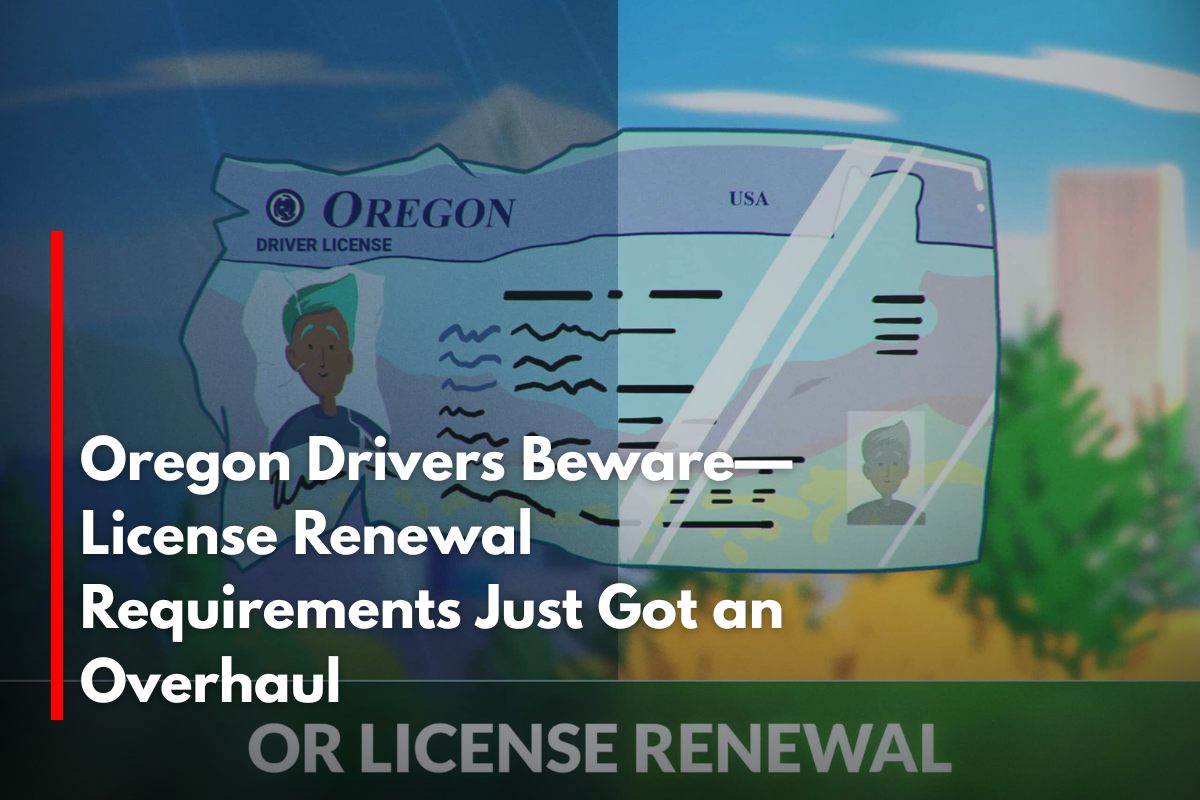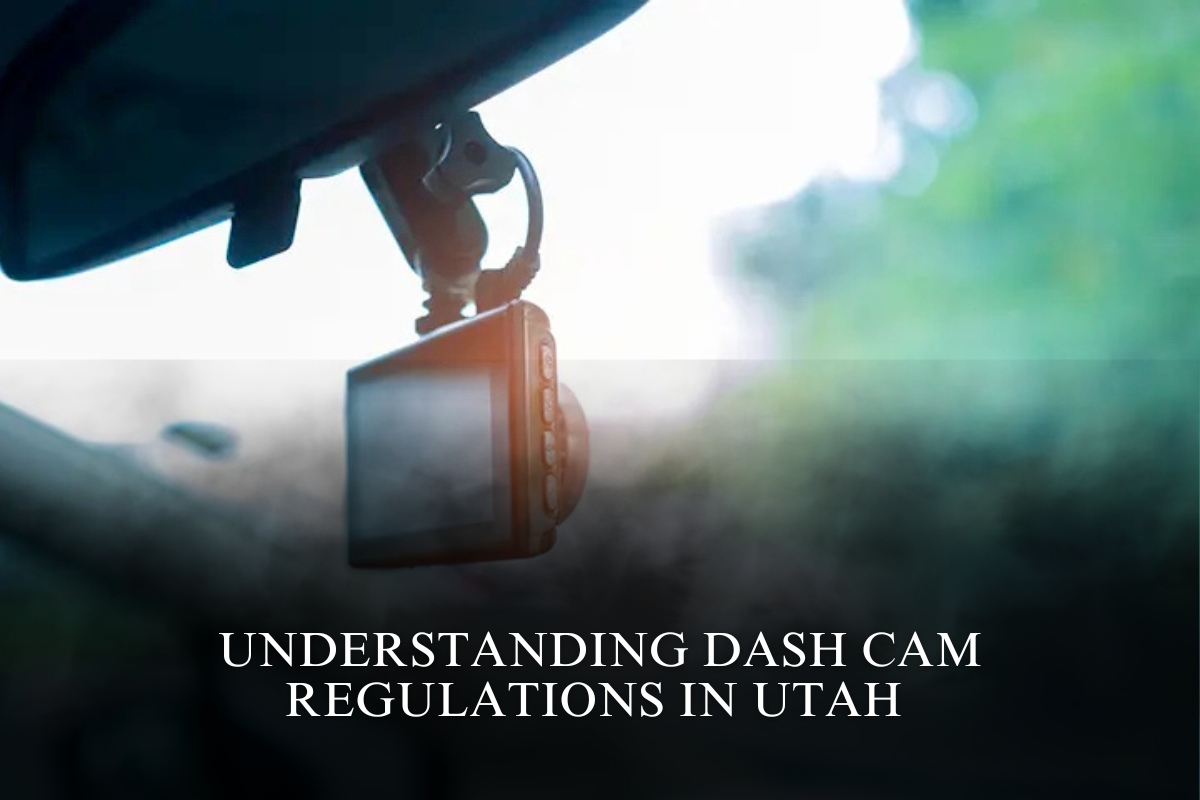Oregon drivers should be aware that license renewal requirements have recently undergone significant updates in 2025. These changes focus primarily on earlier vision testing, document verification, and stricter in-person renewal protocols aimed at enhancing road safety and compliance with federal Real ID mandates.
Main Points of the 2025 Renewal Overhaul
Vision Testing Begins at Age 50: Previously, vision tests were typically required at older ages, but Oregon now mandates drivers aged 50 and above to pass a vision screening upon renewal. This change reflects a proactive approach to ensuring driver safety on the roads.
In-Person Renewal is Still Required: Unlike some states expanding online renewals, Oregon requires most renewal applications to be completed at a DMV office. This is to verify identity, collect biometric data, and take a new photo. Online renewal is available only in limited cases, such as no change in address or photo, no Real ID request, and no license suspensions.
Documentation and Identity Verification: Applicants must provide valid proof of identity (e.g., birth certificate, passport), Oregon residency proof (utility bill, pay stub), and verify their Social Security Number. For Real ID applicants, additional documentation such as proof of lawful status is mandatory.
Renewal Timing and Expiration: Drivers may renew their license up to 12 months before its expiration. If a license has been expired for more than a year, the individual must reapply for a new license, retake vision, knowledge, and driving tests, and pay original licensing fees.
Fee Structure: The standard renewal fee is $40.00, payable by cash, check, debit, or credit card at DMV offices.
Why These Changes Matter
Oregon’s updates come partly in response to federal Real ID requirements going into effect in 2025 and a nationwide push for increased attention to senior driver safety. Vision testing starting at age 50 is among the earliest such requirements in the United States and emphasizes early detection of vision-related driving impairments.
Requiring in-person renewals ensures that identity is confirmed accurately and that biometric data is captured securely, simplifying future renewals and enhancing document security.
What Oregon Drivers Should Do
Plan ahead: Given that DMV offices can get crowded, especially on Mondays, Fridays, and lunchtimes, scheduling an appointment can save time.
Prepare documentation: Bring all necessary proofs of identity, residency, and Social Security number to avoid delays.
Expect a vision test if 50 or older: Be prepared to pass this as part of the renewal process.
Consider Real ID: Since May 7, 2025, a REAL ID-compliant license is required for domestic air travel, so many will want to upgrade when renewing.
Understand online renewal limits: If your circumstances don’t allow online renewal, plan to visit the DMV in person.
Oregon’s 2025 overhaul of driver’s license renewal requirements underscores the state’s commitment to safer roads and stronger compliance with federal standards. While the process may require more documentation and in-person visits, these measures help maintain up-to-date driver records and enhance identity verification. Staying informed and prepared will help Oregon drivers navigate these updates smoothly and avoid last-minute complications.
Sources
[1] https://driving-tests.org/academy/renew/oregon
[2] https://www.oregon.gov/odot/dmv/pages/online_quick_tips/driver_information.aspx
[3] https://www.oregon.gov/odot/dmv/pages/realidtraveler.aspx
[4] https://www.eprbatterycpcb.in/senior-license-renewal-requirements-2025/
[5] https://zutobi.com/us/or-car/driver-guides/oregon-drivers-license-renewal












I do not trust the State of Oregon at all, so why in heck do I want to spend an entire year, that is how long it takes with all of the people in the DMV while union workers taking breaks after every customer they help? The State already has 100% of my PERSONAL biometric data so why in heaven’s name do they need to collect it again? Oh, I get it, the criminals in Portland/Eugene/Salem city-state don’t have enough control over the citizens yet, they won’t be satisfied until they steal all of the CITIZENS money for themselves and their pet crime projects in order to prove that they are sufficient to run this state for their Chinese Communist Party masters.